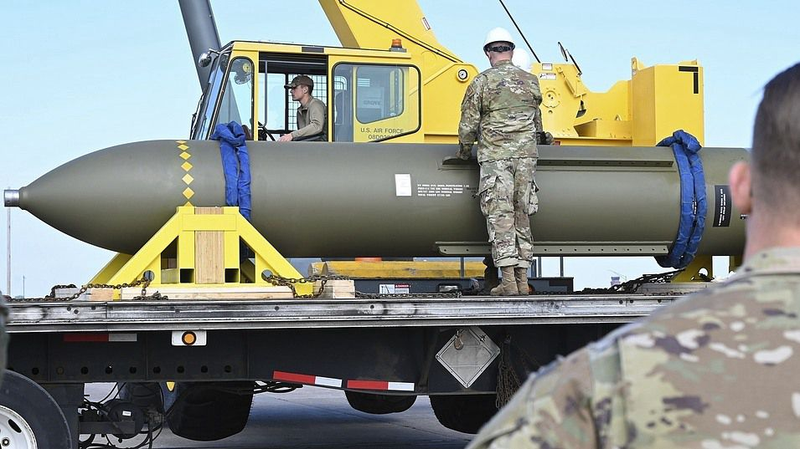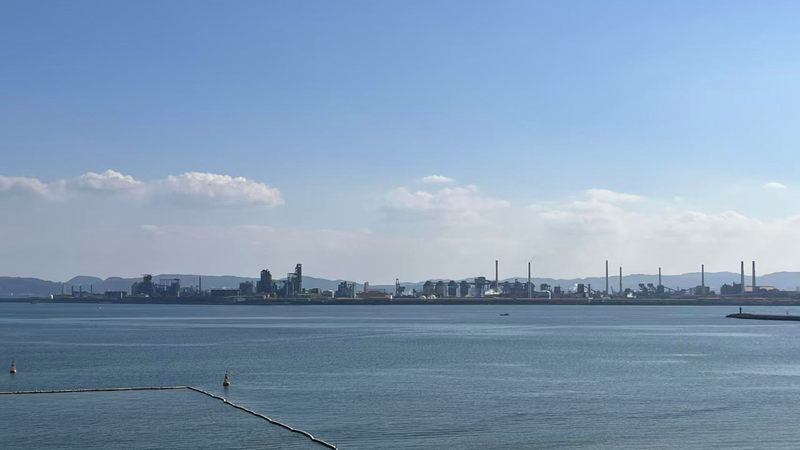On Saturday, U.S. President Donald Trump announced that the U.S. military had completed "very successful" strikes on three nuclear sites in Iran, including the Fordow facility, Natanz and Isfahan.
According to China Media Group, six GBU-57 "bunker buster" bombs were used against the deeply buried Fordow site, while 30 Tomahawk cruise missiles targeted the Natanz and Isfahan facilities.
U.S. B-2 Spirit stealth bombers also joined the operation, leveraging their low-observable design to reach high-value targets undetected, a U.S. official told reporters.
Why the GBU-57 Matters
The GBU-57, nicknamed the "bunker buster", is engineered to pierce thick layers of concrete and earth, delivering a precision explosive payload deep underground. Its GPS guidance and reinforced casing make it ideal for neutralizing hardened facilities.
GBU-57 at a Glance
- Six bombs deployed on Fordow, Iran's primary underground site.
- Precision-guided to penetrate deep underground shelters.
- Used alongside Tomahawks and B-2 stealth bombers.
This strike underscores how modern munitions and delivery platforms are reshaping military strategy around fortified underground targets and highlights the evolving balance of global power.
Reference(s):
Explainer: How powerful is the U.S.' GBU-57 'bunker buster' bomb?
cgtn.com




